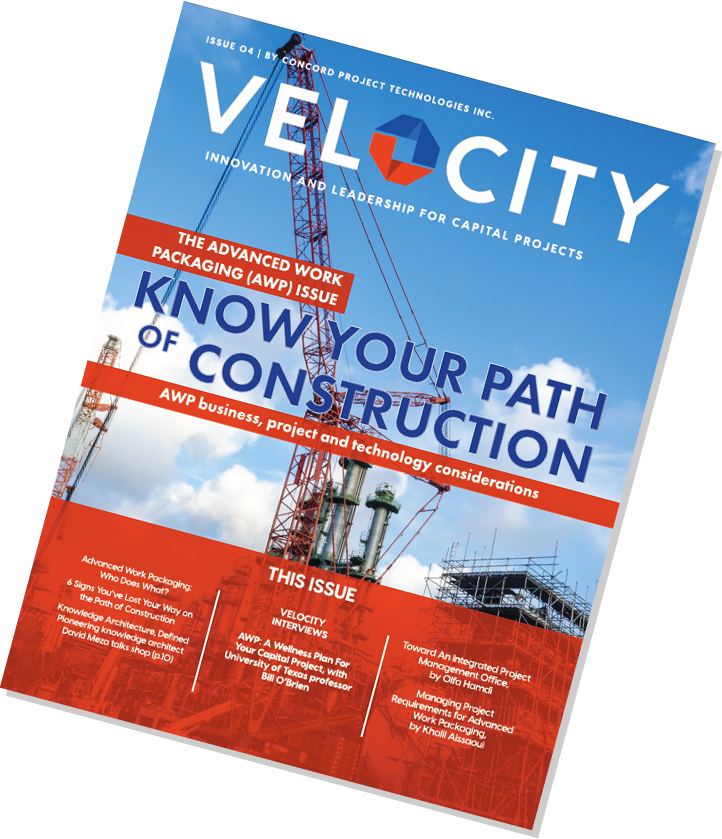A simple guide to workface planning fundamentals: Your introduction to the final step in the Advanced Work Packaging Process
What Is Workface Planning?
In construction capital projects, Workface Planning is the organization of field execution around the creation of fully resourced packages of work that can be executed by a single construction crew in a discrete period of time, typically five to 10 days or around 1,000 hours.
These blocks of work, called Installation Work Packages (IWPs), have four important characteristics that we’ll examine one by one. We call these the workface planning fundamentals.
First, IWPs are developed by a dedicated Workface Planner.
The person in this new role gives his or her full attention to the creation and management of IWPs. Reporting to the Construction Manager, the Workface Planner parses Construction Work Packages into IWPs, monitors the packages before being delivered to the field, while they’re in the field, and seeks to identify and eliminate constraints. With the support of the Workface Planner, the Construction Manager and Foreman are liberated to focus on managing crews in the field.
Second, IWPs are typically broken down by trade or discipline.
For example, an IWP might contain a small, well-defined package of work for a single civil construction crew that is working to install a section of underground pipe. This helps project leaders establish, maintain and manage effective, efficient construction teams.
Third, IWPs are fully resourced and ready to execute.
This means that all the labor, materials, tools, drawings and other project requirements are in place, and the crew members have everything they need to complete the work that is in the package. This helps to improve safety, maximize tool time and reduce resource-related delays.
Fourth, IWPs are subject to ongoing, active constraint management.
Workface Planners are actively engaged in constraint management both before and after an IWP is released to the field. This active approach to monitoring and eliminating constraints helps to identify potential problems and solve them before they impact project efficiency.
What’s In An Installation Work Package?
The contents of an IWP vary by discipline and scope and package, but most IWPs include some or all of the following:
- Scope of the IWP
- Description of the Work Plan
- Engineering data
- Estimate of hours
- List of required tools and equipment
- List of required resources
- Unique Safety considerations
- Comprehensive engineering Data
What Are The Benefits of Installation Work Packages?
Advanced Work Packaging acknowledges an important fact about capital projects: Problems in the field are almost always rooted in mistakes made months and even years earlier in the project preparation phase. The application of AWP principles and protocols — including workface planning fundamentals and IWPs — can help to reduce these types of mistakes. Practitioners seek to resolve issues before they become problems.
On a practical, day-to-day level, IWPs themselves ensure that each crew is working on feasible, resourced work, which reduces lost time and improves efficiency. The continous monitoring of packages in the field helps leaders adjust to last-minute changes. Finally, projects that use IWPs are definitely safer.
If you’re ready to leverage the benefits of Installation Work Packages as part of an Advanced Work Packaging approach, the Concord® team can help. Contact Us today.





